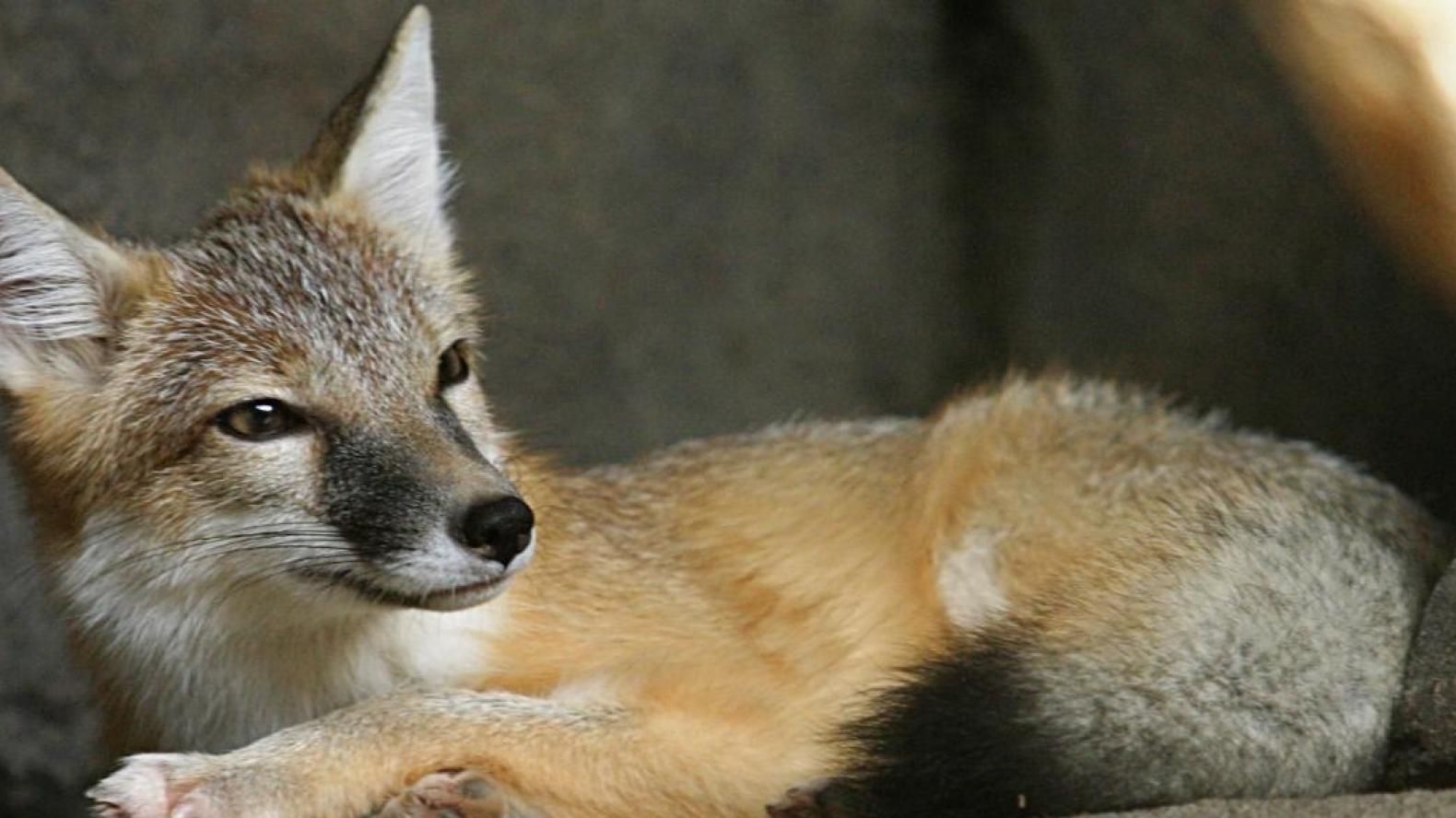
By Silvia Moreno-Garcia
Canada’s Species at Risk Act (SARA) turned 10 last year. It’s a young piece of legislation, but the federal government has already served notice it is considering an overhaul of the act to make it more efficient.
But lack of implementation, not the legislation itself, is to blame for the act’s woeful track record, say two UBC scientists.
“There are real limitations to how species are being protected under SARA, but fixing these things doesn’t mean reopening the act,” says UBC plant evolutionary biologist Jeannette Whitton.
The government’s revision process starts with listing recommendations. Government receives recommendations from the Committee on the Status of Endangered Wildlife in Canada (COSEWIC), an independent body of scientists that assesses the status of species. Government can then accept, deny or send the recommendations back to the committee for further review.
There are biases in the listing process, however. Northern species are less likely to be listed. No commercially exploited fish has ever been listed. In 2006 COSEWIC recommended that the porbeagle shark, found from northern Newfoundland into the Gulf of St. Lawrence, be added to SARA’s list. The population of porbeagle sharks has crashed by 90 per cent and is at high risk of extinction. But the species hasn’t been included due to concerns over lost income if fishing was banned. Atlantic cod and cusk have also been denied protection under SARA, despite marine scientists’ fears that they might be wiped out.
“COSEWIC’s reports are subject to peer review. The Minister’s reasons for not accepting a species recommendation is not subject to the same scrutiny,” says UBC zoologist Eric Taylor.
For example, in 2005 the Sierra Club of Canada questioned the government’s decision to not include Cultus and Sakinaw lakes sockeye salmon under SARA, saying the decision was based on flawed economic analyses.
Once a species is listed as endangered, threatened or extirpated, government must prepare a species Recovery Strategy and an Action Plan. However, the process to get from recommendation listing to Action Plan can take years. Species are often trapped at the thin point of a funnel, waiting to receive a finalized Action Plan. In fact, Action Plans have been completed for only six Canadian species.
What’s more, both Whitton and Taylor feel the finalized plans can often be flawed—suffering from a lack of peer review of recovery teams and the resulting reports. Taylor recommends that recovery teams be led by independent scientists to avoid conflicts of interest.
Another issue affecting endangered species is that SARA is limited to federal lands. Most public, or Crown, lands in Canada are under provincial jurisdiction. In BC, only four per cent of the land is federal. There is a “safety net” provision under SARA that can protect areas normally under provincial jurisdiction, but it is rarely, if ever, employed.
“There are provisions for conservation agreements, which could be used to include private land owners,” says Whitton. “The government could provide incentives to encourage conservation.”
Another wrinkle is critical habitat designation. For a number of years, critical habitat was not identified in, or was sometimes removed from, Recovery Strategies, despite a legal requirement that strategies contain such information. Designation has improved in the past two years, in great part due to litigation.
One case that illustrates this point is the killer whale lawsuit organized by Ecojustice. In 2004, killer whales were SARA-listed. A final Recovery Strategy was released in 2008. According to Ecojustice, Fisheries and Oceans Canada (DFO) exerted bureaucratic pressure to weaken the legal protection of critical habitat and to remove references to ecosystem features of critical habitat in this final document. Then on September 10, 2008, DFO issued a statement claiming that resident killer whales’ critical habitat was already protected by existing laws and policies—in short, declaring nothing had to be done. Ecojustice launched a lawsuit saying DFO failed to require legal protection for the killer whales’ critical habitat. Eventually, the federal Court of Appeal found that DFO had, indeed, failed to legally protect killer whales.
The last issue SARA faces is enforcement. “Enforcement is often lacking,” says Taylor. “For example, habitats are damaged, but there are no fines. Often, there is little monitoring.”
Despite flaws in implementation, both Whitton and Taylor agree that SARA is valuable because it draws new or additional attention to a species. When a species gets listed, it often spurs activity.
“SARA brings species to the attention of municipalities and conservation agencies,” says Whitton. “It’s a piece of legislation that may have more power through its framework and process than through direct action.”
In 2002, the Salish sucker (a small fish with Canadian populations occurring only in BC) was listed as endangered. Its inclusion on SARA’s list precipitated survey work. UBC grad and ecologist Mike Pearson became interested in the plight of the fish and worked with locals to find out more about it. Last year, the Salish sucker was downgraded to threatened. Although the environment for the fish hasn’t improved, scientists noted a small increase in the number of known Salish sucker locations.
The Massasauga rattlesnake has also benefited from the public interest generated by a listing. Public education by local enthusiasts and conservation agencies is changing attitudes against the timid snake.
“SARA has spurred a lot of on-the-ground activity,” says Taylor. “And simple things like having better species distribution data can make a huge difference.”
June 24, 2013